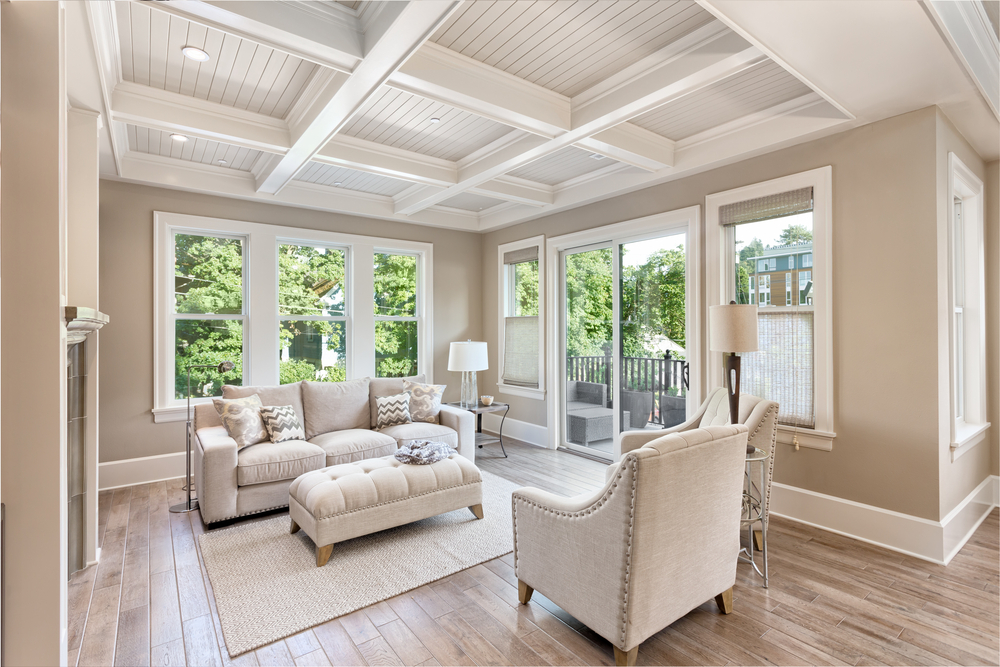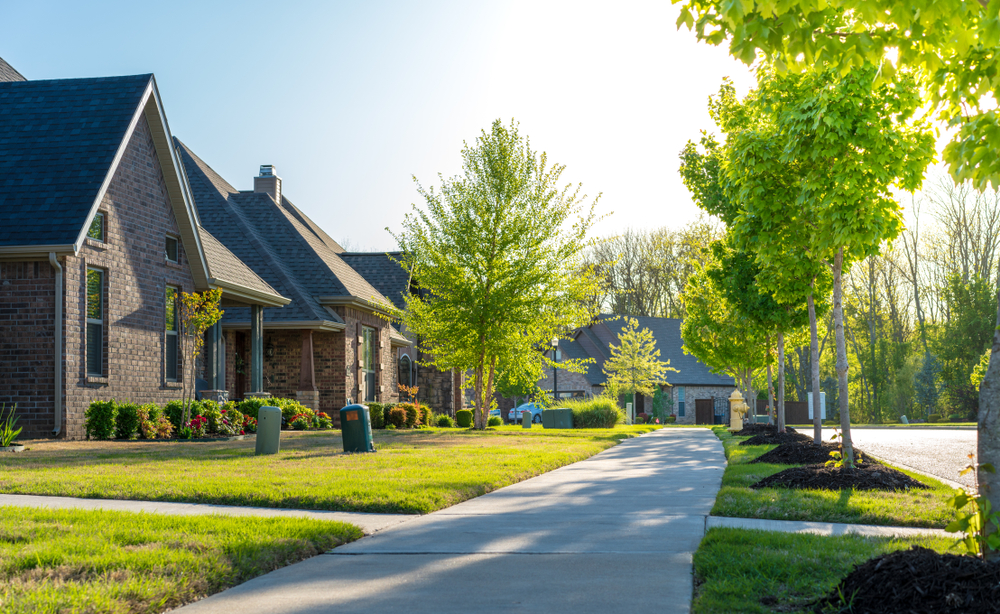Are you ready to sell your house? Perhaps you’ve already listed it on the market, but it’s been sitting there, unsold, for longer than you’d like. The key to attracting potential buyers and commanding a higher sale price lies in the art of real estate staging. By effectively showcasing your property’s potential, you can transform an ordinary house into a buyer’s dream home. In this blog post, we will explore the essential steps to successful real estate staging that will help you capture the hearts and minds of prospective buyers to sell your home fast.

Introduction to Real Estate Staging
Real estate staging, also known as home staging, is an important marketing strategy that aims to present a property in its best light. It involves optimizing the aesthetics, functionality, and overall appeal of a house, enabling potential buyers to envision themselves living there. By creating an emotional connection between the buyer and the home, staging can significantly increase the chances of a successful sale.
Home staging goes beyond basic cleaning and decluttering. It involves carefully curating the space, creating an inviting atmosphere, and highlighting the property’s best features while downplaying less desirable aspects. The ultimate goal is to create a lasting impression and make the potential buyer feel at home from the moment they step through the door.
Step 1: Research and Evaluation
Before embarking on any real estate staging project, it is crucial to conduct thorough research and evaluate your target market. Consider the demographics, interests, and preferences of potential buyers in your area. This understanding will help you tailor your staging efforts to appeal to your target audience effectively.
Additionally, evaluate your property objectively. Identify its strengths and weaknesses, paying attention to architectural features, room sizes, natural light, and any unique selling points. Understanding the property’s potential will guide your decisions throughout the staging process.
Step 2: Declutter and Depersonalize
To create a blank canvas that allows potential buyers to envision themselves living in the space, decluttering and depersonalization are essential. Remove all personal items, such as family photographs and quirky decorations, as they can distract buyers and prevent them from forming a connection with the property. Minimize the number of personal belongings, leaving only essential and tasteful furnishings and decor.
Decluttering not only helps potential buyers visualize the possibilities but also creates an impression of spaciousness and tidiness. This step allows them to focus on the home’s features rather than being overwhelmed by unnecessary personal items.
Step 3: Clean and Repair
Cleanliness is crucial when attempting to impress potential buyers. Deep clean every nook and cranny of your home, paying close attention to areas that tend to accumulate dirt, such as bathrooms, kitchens, and windows. Ensure that all surfaces are spotless, floors are gleaming, and carpets or rugs are freshly cleaned.
Simultaneously, arrange for any necessary repairs. Small fixes, such as leaky faucets, squeaky doors, or loose cabinet handles, may seem insignificant but can make a significant difference in the impression your home leaves on potential buyers. A well-maintained property demonstrates pride of ownership and reassures buyers that they are investing in a valuable asset.
Step 4: Enhance Curb Appeal
First impressions matter, and when it comes to real estate, the exterior of a property is the first thing potential buyers will see. Enhance your home’s curb appeal by sprucing up the exterior. Power wash the sidewalks and siding, trim overgrown shrubs, and add vibrant flowers to create an inviting entrance. A well-maintained front yard sets the tone for the entire viewing experience and increases the desire to explore further.
Consider adding a fresh coat of paint to the front door and repairing any broken or worn-out features, such as fences or gutters. Remember, a beautifully staged interior may lose its impact if the exterior presents a neglected, uninviting appearance.
Step 5: Optimize Furniture Placement and Flow
Strategic furniture placement and creating a logical flow within each space are paramount when staging a property. Arrange furniture in a way that showcases the purpose and function of each room. Ensure there is enough space to comfortably maneuver around, allowing potential buyers to envision their own furniture fitting effortlessly into the layout.
Consider removing or rearranging furniture to maximize the feeling of spaciousness. Open up traffic pathways and highlight architectural features or focal points, such as a fireplace or large window. Proper furniture placement can also draw attention away from less appealing areas of the property, redirecting the focus toward its positive aspects.
Step 6: Set the Mood with Lighting and Decor
Lighting and decor play a crucial role in staging a home. Maximizing natural light is ideal, so ensure windows are clean and unobstructed. Opt for subtle, neutral-coloured window treatments that allow plenty of light to flow into the space. In areas with minimal natural light, strategically place lamps to create a warm and inviting atmosphere.
When it comes to decor, aim for a balanced blend of function and aesthetics. Select tasteful art pieces, decorative items, and textiles that enhance the ambience of each room. Properly styled bookshelves, for example, can add a touch of sophistication, while carefully chosen throw pillows and blankets can create cozy nooks within living areas. Remember, less is often more! Avoid overcrowding spaces with excessive decor, maintaining a clean and uncluttered aesthetic.
Step 7: Capture Professional-Quality Photos
In today’s digital age, online listings are often the first point of contact between potential buyers and your property. To make a lasting impression, invest in professional-quality photographs that showcase your staged home effectively. Professionally composed and well-lit photos will attract more attention, generate interest, and increase the chances of inquiries and viewings.
Real estate staging is a powerful tool that can transform a property into a buyer’s dream home. By following these essential steps – conducting thorough research, decluttering and depersonalizing, cleaning and repairing, enhancing curb appeal, optimizing furniture placement and flow, setting the mood with lighting and decor, and capturing professional-quality photos – you will significantly increase your chances of selling your home quickly and at a higher price.
Remember, real estate staging is an investment that yields excellent returns. It allows potential buyers to visualize their future in the space, making an emotional connection that translates into a successful sale. By presenting your property’s full potential, you pave the way for a smooth and profitable real estate transaction. Happy staging!

